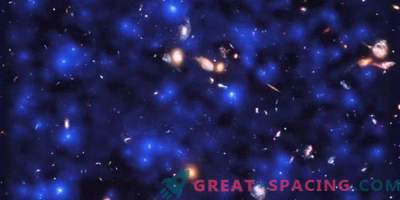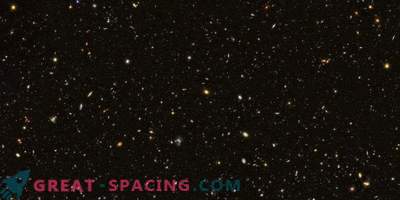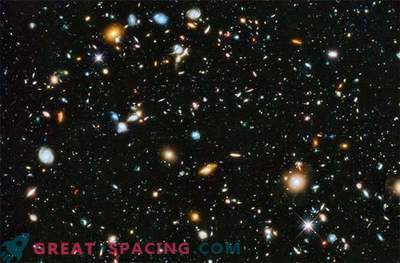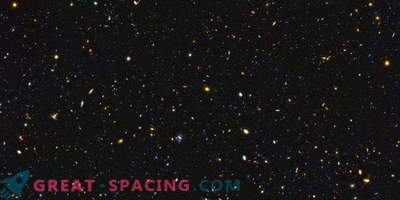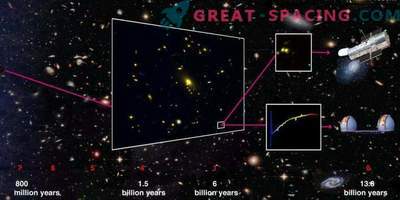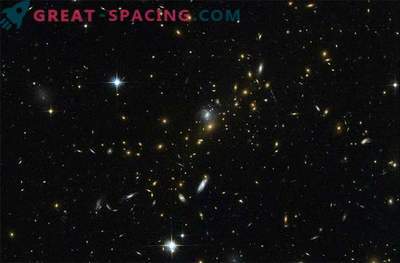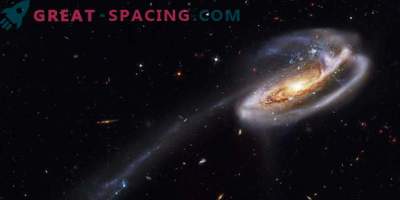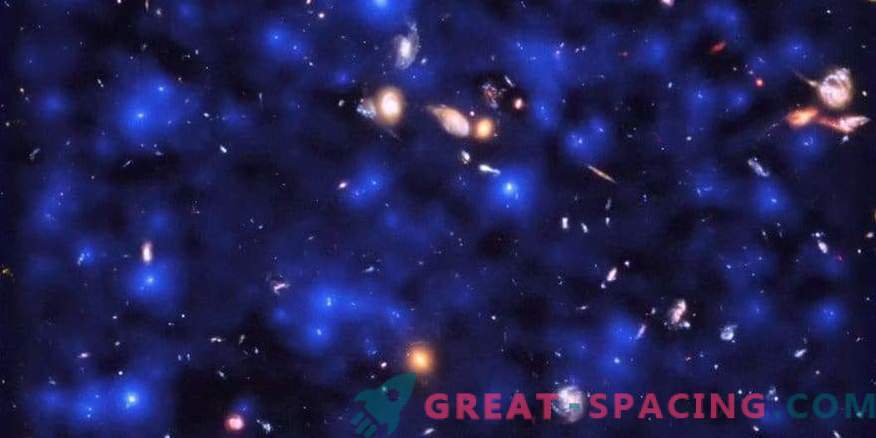
The whole sky glows on a new photo from the European Southern Observatory. An international team of astronomers used the capabilities of the extremely sensitive MUSE instrument on the Very Large Telescope. Scientists looked into the Ultra Deep Field area of the Hubble Space Telescope and found an unexpected abundance of emissions from the early Universe.
Observations have shown that almost the whole sky is shining invisible to ordinary sight with radiance, because dull, but abundant clouds of hydrogen imperceptibly produce emissions of Lyman-alpha. This is an amazing discovery and the next time you look into the night sky, remember that it is littered with an invisible radiance of hydrogen - the first building block of the Universe. This composite image shows the faint Lyman-alpha in blue radiation superimposed on the Hubble Ultra Deep Field, taken in 2003–2004. Hubble captured light for more than 270 hours to create an original photograph of thousands of distant galaxies. This plot is located in the constellation Pec.
MUSE is an integral field spectrograph capable of viewing the sky at different wavelengths. His observations will help astronomers to get photos of gas cocoons, enveloping galaxies in the early Universe.
